Tuesday, April 22, 2008
Electronic circuit
Electronic circuit
Electronic Circuit
An electronic circuit is an electrical circuit that connects active and passive electronic components such as resistors, capacitors, microprocessors, transistors or vacuum tubes.
The electronic circuits are typically built using a printed circuit board (PCB) that is used to mechanically support and electrically connect electronic components.
The continued miniaturization and savings in power allows electronic circuits to be packaged more densely, making possible compact computers, advanced radar and navigation systems, and other devices that use very large numbers of components (see microelectronics).
Electronic circuits can display highly complex behaviors, even though they are governed by the same laws as simple electrical circuits.
Electronic circuits can usually be categorized as analog, digital, or mixed-signal (a combination of analog and digital) electronic circuits.
Contents
1 Analog circuits
2 Digital circuits
3 Mixed-signal circuits
4 3 Basic Parts
5 External Links
Analog circuits
Analog electronic circuits are those in which electric signals vary continuously to correspond to the information being represented. Electronic equipment like voltage amplifiers, power amplifiers, tuning circuits, radios, and televisions are largely analog (with the exception of their control sections, which may be digital, especially in modern units).
The basic units of analog circuits are passive (resistors, capacitors, inductors) and active (independent power sources and dependent power sources). Components such as transistors may be represented by a model containing passive components and dependent sources. Another classification is to take impedance and independent sources and opamp as basic electronic components; this allows us to model frequency dependent negative resistors, gyrators, negative impedance converters, and dependent sources as secondary electronic components.
Digital circuits
In digital electronic circuits, electric signals take on discrete values to represent logical and numeric values that represent the information to be processed. Transistors are used primarily as switches to make logic gates. Examples of electronic equipment which use digital circuits include digital wristwatches, calculators and PDAs, and microprocessors.
Mixed-signal circuits
Mixed-signal or hybrid circuits contain elements of both analog and digital circuits. Examples include comparators, timers, PLLs, ADCs (analog-to-digital converters), and DACs (digital-to-analog converters).
3 Basic Parts
Energy source - converts nonelectric energy into energy. examples are batteries and generators.
Output device - uses electric energy to do work and a connection. examples are motor and lamp.
Connection - allows electric current to flow. examples are wire and cable.
External Links
CircuitsArchive - Public Archive of Electronic Circuits for the hobbyist.
This electronics-related article is a stub. You can help Wikipedia by expanding it.
This article about an engineering topic is a stub. You can help Wikipedia by expanding it.
Subscribe to:
Post Comments (Atom)
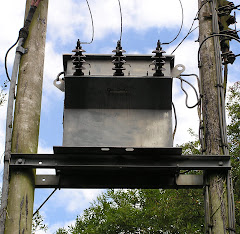
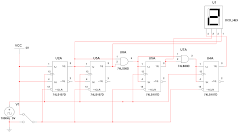
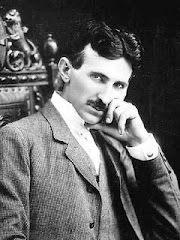
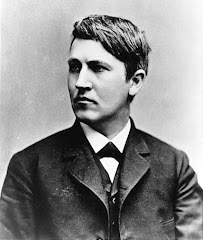
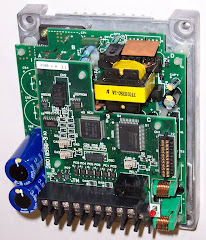
No comments:
Post a Comment